Lascari

- Area 10 km²
- Elevation 76 m
- Population 3576 (lascaresi)
- Cap 90010
- Dialing code 0921
- Web-site https://www.lascari.gov.it/lascari009/
The roots of Lascari, village of feudal origin, are strongly linked to the historical events of the noble families of Aragon and Ventimiglia. In this fertile and generous land, around the year 1300, Frederick IV and his sister Euphemia, sons of Peter II of Aragon, lived in the Castle of Saint Euphemia, place chosen for hunting in the nearby woods. According to tradition, precisely in this castle, on 28 February 1359 the noble Euphemia, vicar of Sicily Kingdom died, and her mortal remains were moved in Ceflú Cathedral.
Afterwards political events brought the Ventimiglia family to play a decisive role on the economic and social development of the country and on 1700, at the behest of Don Gaetano Ventimiglia, Lascari Mother Church was built around the pre-existing Carbone fief tower. It is from the Ventimiglia, descendants from the family Lascaris of the Emperors of Constantinople, that the name of the town would seem to have been originated.
Lascari town, gently resting on a green hilly ridge, bathed by two rivers, the Colluzzo and Calcavecchio, is reaching out to the sea which is about 2.5 km away. The Madonie beautiful mountains are the city background together with whom it forms a striking and picturesque landscape. Its coastline offers the famous "Gorgo Lungo" and "Salinelle" beaches, the most beautiful seaside resorts in Tyrrhenian coast. In a short space of few kilometers you go from pristine blue sea, to the fertile hills which, as natural amphitheatres, seem to stand on each other until you reach the imposing Madonie peaks.
In this territory, the Renaissance towers remains blend with saracens lush citrus and olive groves. The town strategic geographical position, being very close to the sea and to the mountain, make Lascari the ideal place for pleasant holidays.
Adjacent municipalities
Campofelice di Roccella, Cefalù, Collesano, Gratteri
